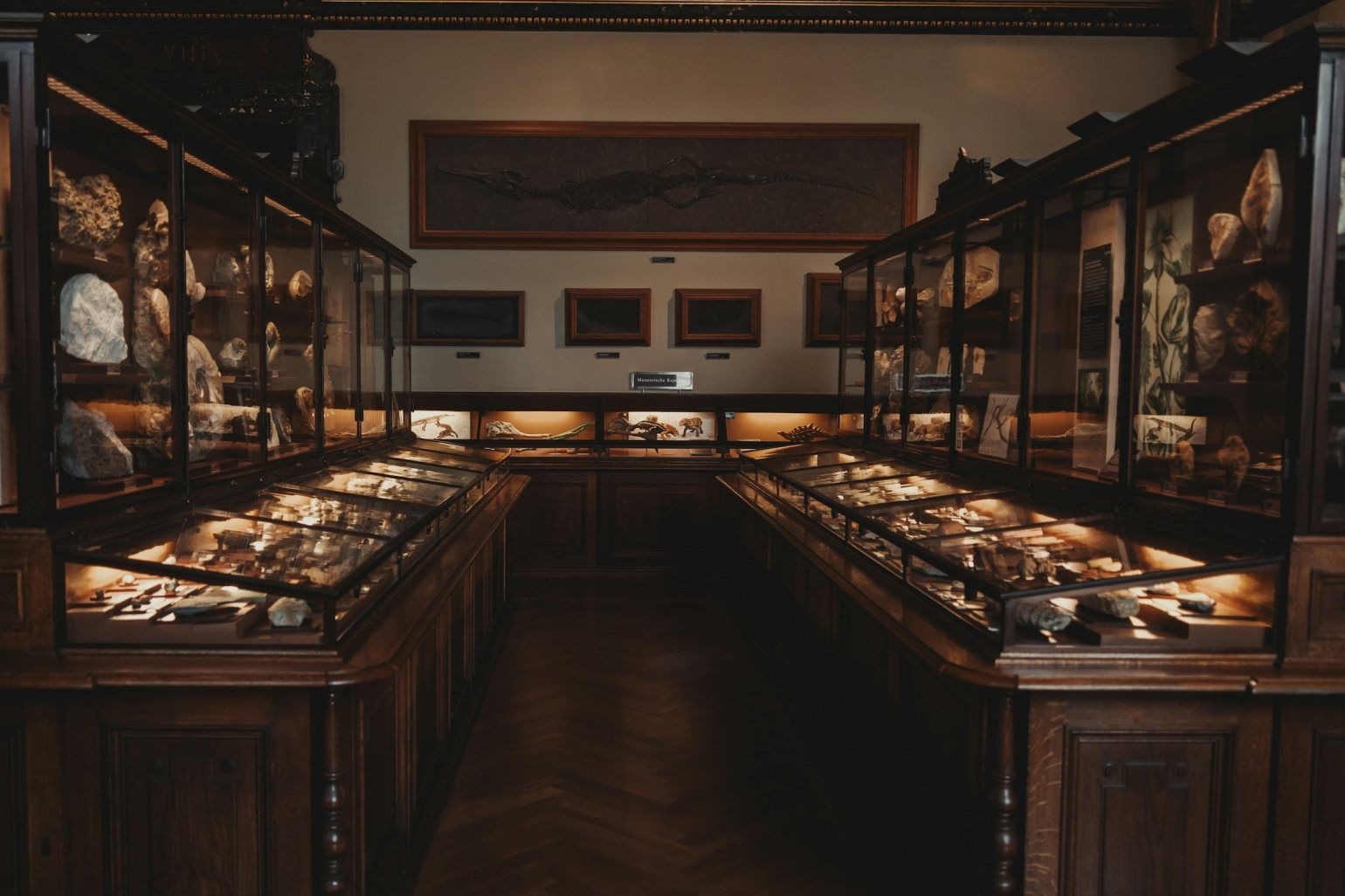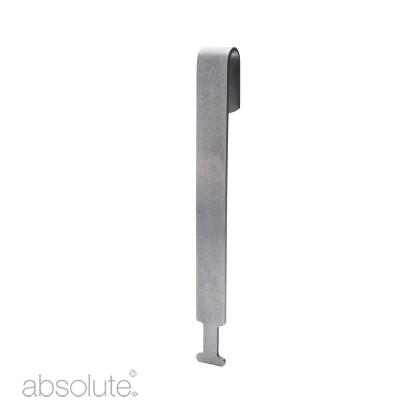The Importance of Comprehensive Artifact Documentation in Museums
![]()
Summary
Documenting artifacts is not merely a task but a responsibility and essential practice - a commitment to safeguarding the legacy of our cultural heritage. Through meticulous documentation, museums honour the past and empower the future. In this article, we discuss the critical role of thorough and consistent documentation, best practices, and provide a selection of links to helpful resources.THE CHALLENGE AT HAND
As stewards and guardians of our cultural history, our museums play a pivotal role in preserving and showcasing artifacts that provide a wide view of our rich cultural heritage. Documenting these artifacts is not just a task but an essential practice that ensures artifact longevity, authenticity, and educational value.Despite this importance, significant underfunding of the museum sector and a lack of manpower have compromised museum teams documenting efforts. These teams face the daunting task of cataloguing an immense backlog of unrecorded artifacts; an inherited responsibility without necessarily having the means to facilitate with funding, time, systems, and expertise.
In an article published in the Museums Journal, Geraldine Kendall Adams Writes:
“Collection can number millions of items accrued over the course of centuries. Cataloguing was not standardised in the UK until the late 20th century, and the task of manually reviewing, fact-checking and digitising this huge backlog requires decades of staff time.”
To assist museum professionals in this endeavour, this article explores the significance of thorough artifact documentation, its impact on the preservation and promotion of cultural heritage, best practices and a collection of useful references and resources.
"The task of manually reviewing, fact-checking and digitising this huge backlog requires decades of staff time."- Geraldine Kendall Adams
Why Artifact Documentation Matters
1. Preservation and ConservationAccurate documentation is the foundation of preservation efforts. Detailed records encompassing an artifact's origin, materials, condition, and previous treatments guide conservation work, aiding in the prevention of deterioration, and ensuring appropriate care.
2. Research and Scholarship
Meticulous documentation forms the backbone of scholarly research. Providing comprehensive information about artifacts fosters academic enquiry, enabling historians, archaeologists, and researchers to delve deeper into historical contexts and cultural significance.
3. Exhibitions and Public Engagement
Documented artifacts facilitate engaging exhibitions and educational programs. Rich documentation helps curators create compelling narratives, allowing visitors to connect emotionally and intellectually with the exhibits.
4. Security and Preventing Theft
Thorough documentation of artifacts provides a comprehensive and traceable record of each item within a museum's collection. Detailed records act as a deterrent to potential thieves by making the artifacts easily identifiable and traceable, as well as aiding law enforcement in recovery efforts by providing accurate and distinctive details that enable swift identification and verification.
8 Tips for Keeping Your Art Collections Stafe From Theft
You might also like another recent article of ours - Discover eight security techniques that museums and galleries can employ to thwart both opportunistic and calculated art theft.
Read ArticleElements of Effective Artifact Documentation
1. Detailed Descriptions and CataloguingThorough descriptions encompassing dimensions, materials, provenance, and historical context are vital. Standardised cataloguing practices, including unique identifiers, aid in easy retrieval and organisation, as well as storage, transportation and exhibit management.
2. High-Quality Photography and Imaging
Visual documentation complements written records. High-resolution images from multiple angles capture intricate details and aid in research, publication, and virtual exhibitions.
3. Condition Reports and Conservation Records
Regularly updated condition reports track an artifact's state over time. Conservation records document any treatments or interventions, ensuring transparency in the artifact's history.
Best Practices for Artifact Documentation
1. Adopting Digital Management SystemsImplementing robust digital databases and management systems streamlines documentation processes, ensuring accessibility, security, and ease of updates. This also provides readily available information for artifact and exhibit management.
2. Training and Standardisation
Providing training to museum staff on documentation standards and protocols ensures consistency and accuracy in records across the institution. This also reduces artifact handling and re-educating management.
3. Collaboration and Information Sharing
Encouraging collaboration among institutions fosters a collective effort towards comprehensive documentation. Sharing knowledge and resources benefits the entire museum community.
Digitisation, standardisation and collaboration are the keystones of artifact documentation best practice.
Final Thoughts
In the ever-evolving landscape of museum curation and preservation, comprehensive artifact documentation stands as a fundamental pillar. This pillar safeguards the legacy of our cultural heritage, facilitates scholarly exploration, and enhances public engagement. By embracing meticulous documentation practices, museums reaffirm their commitment to future generations.The scale and importance of this critical role for museums should not be understated, rather it should be lifted to view to ensure needed funding and resources are provided to continue such vital work.
Documenting Artifacts - Links to Resources
Here are some reputable websites and resources that provide valuable advice and tools for documenting artifacts in museum collections:- American Institute for Conservation (AIC): AIC offers resources, publications, and guidelines on conservation and documentation practices for cultural heritage. Their website includes a variety of useful documents and standards.
- International Council of Museums (ICOM): ICOM provides resources and publications related to museum best practices, including documentation standards and guidelines for various types of artifacts.
- Smithsonian's Museum Conservation Institute (MCI): MCI offers research articles, guides, and tools related to artifact documentation, preservation, and conservation. They provide insights into various materials and conservation techniques.
- The Getty Conservation Institute (GCI): GCI offers publications, case studies, and research papers on conservation and documentation, covering a wide array of artifacts and conservation techniques.
- Collections Trust: Based in the UK, Collections Trust provides guidance, templates, and resources for documenting museum collections, including artifacts, with a focus on digital documentation and management. Here is there guide on Suggested Cataloguing Procedure.
- ICOMOS (International Council on Monuments and Sites): While primarily focused on architectural heritage, ICOMOS offers documentation guidelines and resources for tangible cultural heritage, including artifacts in heritage sites.
- Museum Association (UK): Their website offers resources and publications covering various aspects of museum practices, including documentation, digitization, and cataloguing.
- The National Archives: View their information and resources on best practice in records management and transfer, and information re-use.
These resources offer a wealth of information, guidelines, and practical advice for museum professionals involved in artifact documentation and conservation. Each site caters to different aspects of documentation, providing a diverse range of perspectives and tools to aid in the process.
Products to help with Storage and Preservation
Our Storage Hooks are used throughout the industry and offer a convenient way to manage your artworks stored on storage screens. They work with our Ryman Hangers, which are also a technician and conservator favourite as they offer a single fixing to the back of a frame for multiple use; storage, transport and display. Only having to have one pair of fixings on the back of a frame minimises the damage done vs having to use different fixings for different functions.
Both of these products make for convenient and flexible handling during the cataloguing process.
Artwork Storage Hooks (Pair)from $29.40 (ex VAT)Ryman Artwork Hanger - High Security Setfrom $20.58 (ex VAT)Ryman Artwork Hanger - Secure Setfrom $16.17 (ex VAT)Ryman Artwork Hanger - Standard Setfrom $8.09 (ex VAT)- American Institute for Conservation (AIC): AIC offers resources, publications, and guidelines on conservation and documentation practices for cultural heritage. Their website includes a variety of useful documents and standards.
-
Posted by Jade Turner
16th April 2024









